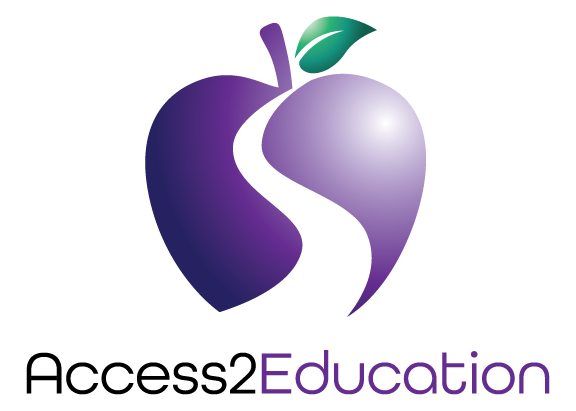DRA Reading Assessment VS CASI Reading Assessment
Inside this post - A look at what a DRA (Developmental Reading Assessment) and CASI (Comprehension, Attitudes, Strategies and Interests) and how they are used in the classroom.
Reading Assessments - What and Why?
Have you seen the terms DRA or CASI on your child’s IEP? Do you wonder how your child is being assessed for reading?Continue reading to find out more….
When the school year begins teachers take the time to identify students reading levels. There are two kinds of different reading assessments which I’ll write about. Please remember that only two will be discussed here. There are many others.
For the purpose of this post we’ll look at the DRA (Developmental Reading Assessment) and the CASI (Comprehension, Attitudes, Strategies and Interests), these are two popular assessments used by teachers. They are used by teachers to help support their understanding of students reading and to monitor progress.
To break them down more simply, the DRA is for grades Senior Kindergarten to Grade 3 (it can be done through older grades). In the early stages (SK to grade 2) your child will be shown a book, given a short synopsis, then asked to talk about what they see in the photos.
CASI, in quick detail, is a short story, essay or non-fiction piece of writing that students read. Once they have read the assigned book they are asked to complete a written portion of the assessment.
DRA VS CASI Reading Assessments - From Kindergarten to Grade 8 students are assessed on their reading to better drive teaching instruction.
During a DRA assessment, your child will be asked to read the story. While they read the teacher will be marking how well the student does. The teacher will be marking how your child reads both for accuracy and comprehension. So for example if they miss a word, skip a line or need help to read a word.
After they have read the book the next step is to see how much of the story they can recall. See reading is not just about reading but being able to remember what was read. All of that information is taken together to create an understanding of your child’s reading.
This also supports the teacher in understanding what the goal needs to be for your child. When you meet with your child’s it’s a good idea to ask them to go through the assessment. As well ensure that the assessment data is included on the first page of the IEP in the data reporting section.
During a CASI assessment students are expected to read the assigned piece of reading to themselves and then answer questions related to what they read. In this way teachers can assess and understand the students strengths and needs in reading, but also with a CASI in writing.
The CASI is scored on a rubric level of achievement from 1 to 4. Level 1 is the lowest level and Level 4 is the highest level. Teachers us the rubrics to assess students and determine their level of understanding.
Whole Language Reading VS Structured Literacy
Reading does not come naturally to all students. It’s not easy for kids to read and for families with a child who struggles to read, any of these assessments can be hard to understand.
If you have questions or concerns about your child’s ability to read make sure you reach out your child’s teacher.
When looking for tutoring services make sure that the tutors are using a scientific method of teaching. Looking for someone who teaches using Orton-Gillingham or Wilson Reading is important.
These methods don’t teach whole reading but rather through learning the ‘code’ of reading. So think back to your Hooked on Phonics days (if you’re old enough to remember that LOL).
Never give up on your child and keep seeking support.
Have you gotten your FREE IEP Binder Organizer yet? Join our mailing list to get yours and help keep your child’s school documentation in order.
Follow me on Instagram @access2educationtoronto and Facebook.











June can be a scary time of year for those who struggle with transitions. Looking at BIG T Transitions and little t transition can help you build a transition to ensures the success of your child.